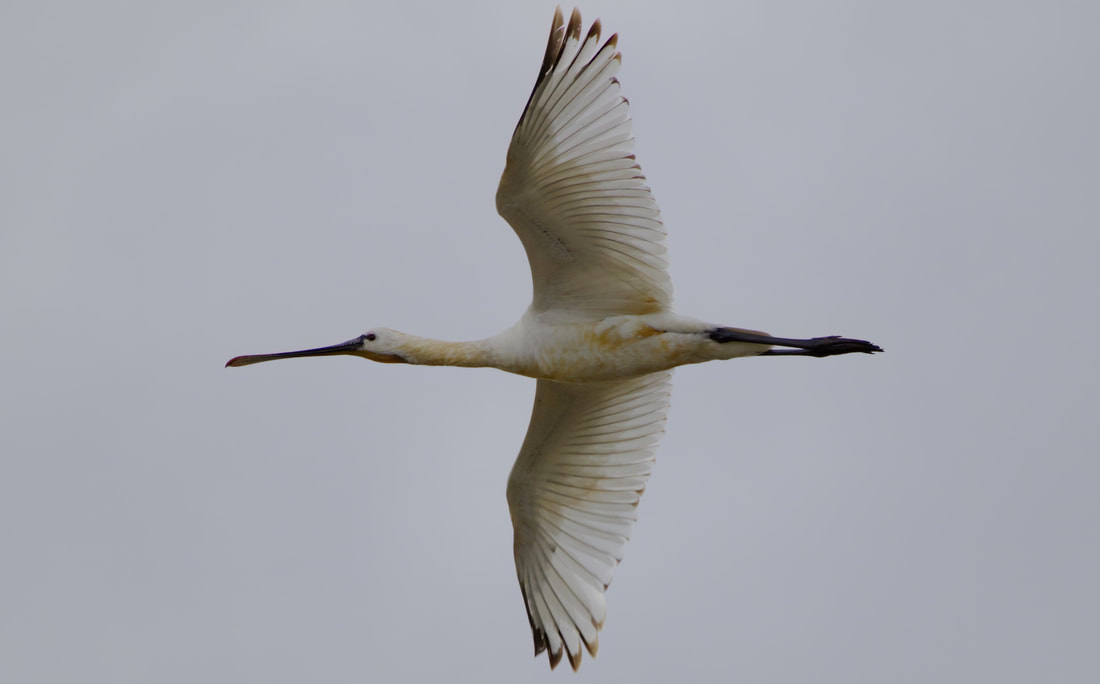|
The Natural History Museum’s index of biodiversity intactness (BII) estimates nature loss across the world, and placed the UK just 12th from the bottom of the list of 240 territories. If the four countries of the UK are assessed separately, Wales does only marginally better, 224th in the list , with 49% of our nature depleted. Within Wales, there is likely to be considerable variation depending on factors such as the type and intensity of land management, and the amount of human infrastructure. The altitude and climate means that some places naturally have more or fewer species.
Birds on your Doorstep uses the vast data archive of the British Trust for Ornithology for anyone to see the changes in local birdlife over the last 50 years. Visit https://data.bto.org/doorstep-birds/ and enter a postcode. Which part of North Wales has lost the greatest number of bird species in the breeding season? The answer lies around the western end of the Menai Strait, in a 10-km square (SH46) that includes Caernarfon, Malltraeth, Newborough and Brynsiencyn. Up to 21 breeding species have been lost from here since 1970, including Water Rail, Snipe, Cuckoo, Nightjar and Tree Sparrow, some of which have gone entirely from Anglesey. Others such as Black-headed Gull and Arctic Tern have disappeared from this square and nest only at a couple of other sites on the island, each badly hit by bird flu this summer. SH46 has seen a net loss in bird diversity. Against the 21 lost species, 13 others colonised, including Greylag Geese (introduced by wildfowlers), Goshawks and Buzzards that returned to Anglesey following many decades of persecution, and Siskins that took advantage of maturing pines in Newborough Forest. The distinctive spatulate shape of a Spoonbill toured the region last week, flying over Llyn Brenig on Wednesday to spend a couple of days at RSPB Conwy, before moving to the Dee estuary. RSPB Conwy hosted another couple of large waterbirds in the form of Great White Egrets, dispersing from breeding sites in southern England and the near continent. Two more are on the Clwyd estuary and one at RSPB Cors Ddyga. Crossbills are on the move too, their ‘chup’ calls heard on the coast away from their coniferous breeding areas. Terns that did not succumb to avian flu at the North Wales Wildlife Trust’s Cemlyn reserve have now fledged and the adults departed, but all the young Avocets – the first to hatch on Anglesey – sadly perished. The biggest news of the week, however, was a Black-browed Albatross seen from a boat eight miles from shore as it flew west past Gwynt y Môr windfarm in blustery conditions on Monday afternoon. If you have recently joined Threads, you can find me @penrhynbirder.
0 Comments
Leave a Reply. |
Bird notesA weekly update of bird sightings and news from North Wales, published in The Daily Post every Thursday. Archives
July 2024
Categories |

 RSS Feed
RSS Feed
